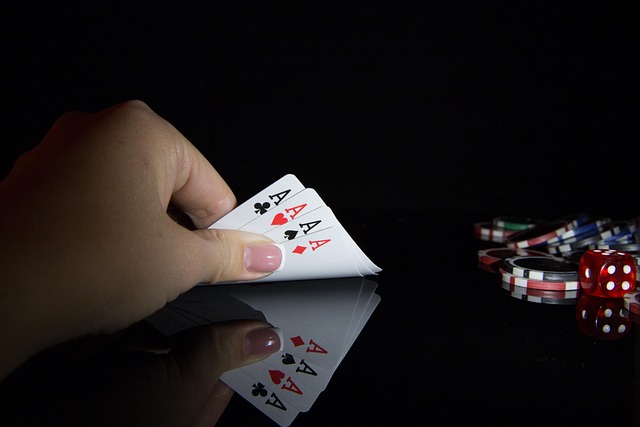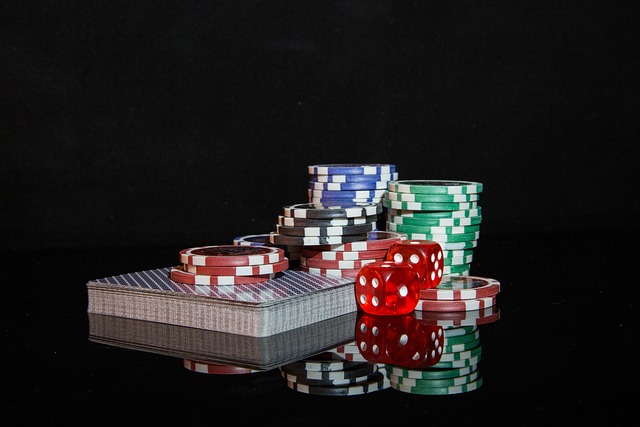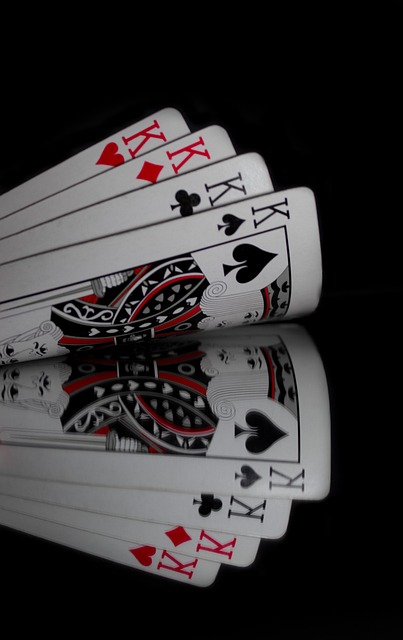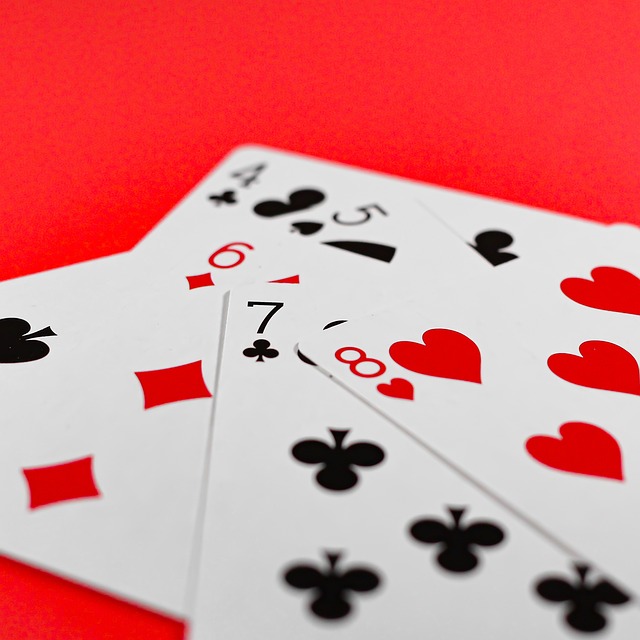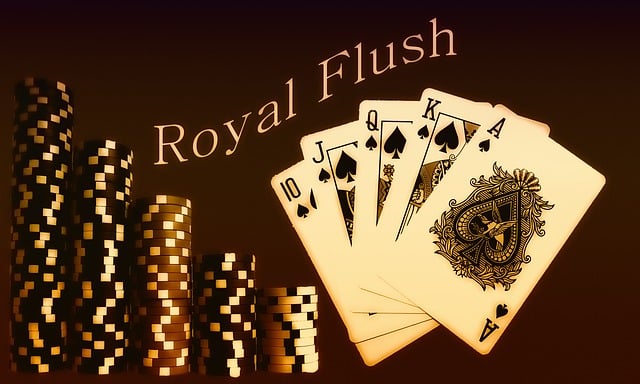Blackjack insurance is a side bet that protects players from significant losses if the dealer has blackjack, offering 2:1 odds but halving their total winnings. This strategic move is most beneficial when table odds favor the player and there's a high chance of the dealer having blackjack, like when their upcard is an ace. Understanding basic rules, odds, and advanced strategies like counting techniques and card memorization can enhance gameplay and potentially increase winning chances in this captivating game of skill and chance. Weighing the pros and cons of insurance bets and knowing the house edge aids in making informed decisions at the blackjack table.
Blackjack, a thrilling casino game, offers players an intriguing option known as Blackjack Insurance. This feature can change the course of your gaming experience. When faced with a potentially costly turn, taking insurance allows players to make a side bet, protecting them from potential losses. It’s a strategic move that requires understanding its mechanics and timing. This article explores what Blackjack Insurance is, how it works, and provides insights on when to utilize this powerful tool in the game of blackjack.
- What is Blackjack Insurance?
- How Does Blackjack Insurance Work?
- When Should You Take Blackjack Insurance?
What is Blackjack Insurance?

Blackjack insurance is a side bet option in the popular casino game, blackjack. It’s designed to protect players from potential losses when they believe their hand might result in a significant payout. When a player decides to take insurance, they are essentially hedging against the dealer revealing a blackjack—a scenario that could leave them at a disadvantage.
The insurance bet is typically half of the player’s original wager. If the dealer indeed has blackjack, the insured player wins this side bet, receiving 2:1 odds on their initial bet. However, if the dealer doesn’t have blackjack, the insurance bet is lost. This strategy adds an element of risk and reward, offering players a chance to mitigate losses but also forgoing potential gains from a higher-paying hand.
How Does Blackjack Insurance Work?

When Should You Take Blackjack Insurance?

If you’re playing blackjack, the insurance bet is an optional side wager available when the dealer’s upcard reveals a face card (jack, queen, or king). It’s tempting to take insurance when you suspect the dealer might have a blackjack—but it’s not always the best move. Consider taking insurance when the table odds are in your favor and you believe the likelihood of the dealer having a blackjack is high. A common rule of thumb is to take insurance if the dealer’s upcard is an ace, as this increases the chances of them having a blackjack.
Remember that taking insurance comes with a cost—it pays out at 2:1 but subtracts half your initial bet from your total winnings. So, while it might seem like a good deal, the potential loss could outweigh the gain, especially if you’re playing for high stakes. Weighing the pros and cons and understanding the house edge for insurance bets can help you make informed decisions at the blackjack table.
Blackjack insurance, a strategic move on the casino floor, can be a game-changer for players. Understanding when to utilize this option is key. By knowing the rules and benefits, you can make informed decisions, maximizing your chances of winning at blackjack. So, whether you’re a seasoned player or just starting, remember that blackjack insurance isn’t just a bet—it’s an investment in your potential winnings.

